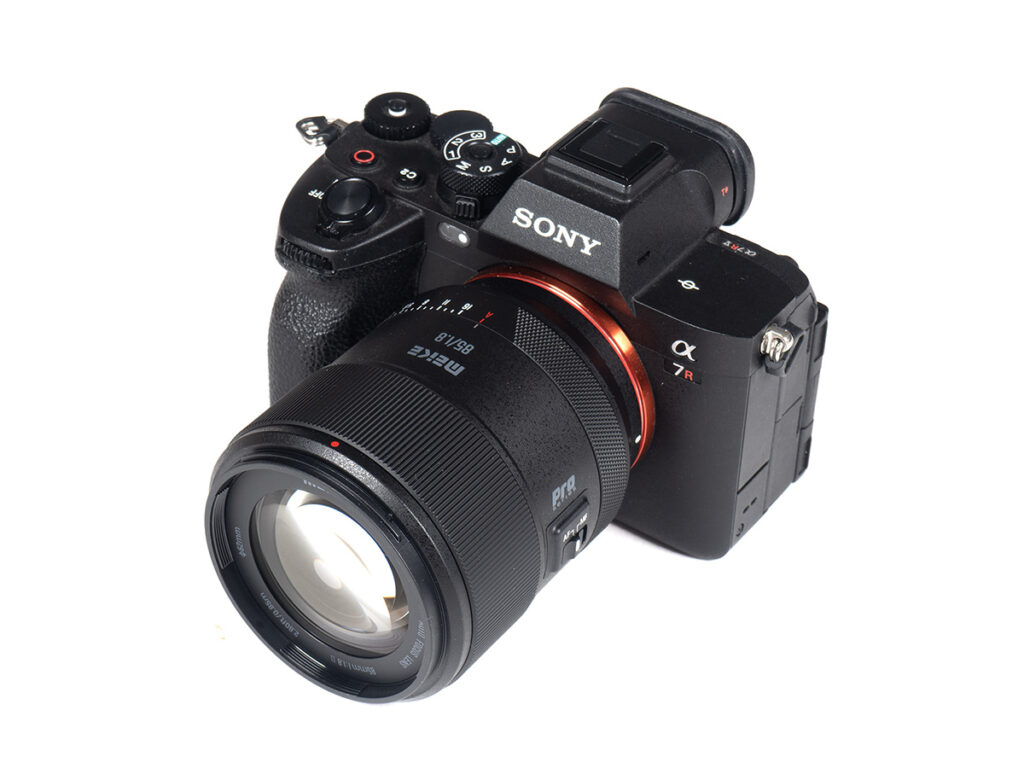The 85mm f/1.8 class is very crowded, especially in Sony E-mount. One of the lesser known brands playing in this segment is Meike. They have been around for a number of years actually, and lately they have been releasing more and more AF lenses. One of them is the Meike AF 85mm f/1.8 Pro – a successor to the AF 85mm f/1.8 that we reviewed back in 2022. While the latter was a rather basic design, the AF 85mm f/1.8 Pro introduced more exotic glass elements and a more refined build quality and better AF. The price is moderate at $340 USD, but obviously a bit higher than their non-“Pro” options. It is available in X-, Z- and E-mount – all supporting AF and EXIF data.
The build quality of the Meike AF 85mm f/1.8 Pro is good and in line with what you can expect from a consumer-grade product. The lens barrel is made of a combination of metal and engineering plastics. The focus ring turns very smoothly. You can feel a bit of cost-cutting with the dedicated aperture ring. It isn’t wobbly, but it slips too easily and doesn’t really “soft-lock” in A-mode, which can be annoying if that’s your preferred shooting style. It’s also not “de-clickable”. There is a mount gasket, which should provide some protection against the elements. A petal-shaped lens hood is provided, as you can see below.
The lens uses an STM (Stepping Motor) for autofocusing. It does the job, although it’s certainly not suitable for sports. The AF action is, however, very smooth. Manual focusing works “by-wire” as usual. Firmware updates are possible via a USB-C port on the mount.

| Specifications | |
|---|---|
| Optical construction | 11 elements in 8 groups (2x ED, 3x HR, 1x aspherical) |
| Number of aperture blades | 9 |
| min. focus distance | 0.85m (max magnification: 0.11x) |
| Dimensions | φ76 × 95mm |
| Weight | 389g |
| Filter size | φ62mm |
| Hood | petal-shaped (bayonet mount, supplied) |
| Other features | Aperture ring Firmware updates via USB-C/Bluetooth Mount sealing |
Distortions
The Meike AF 85mm f/1.8 Pro produces a native image distortion of ~1% barrel-style. This is within normal limits for such a lens. However, unlike some other Chinese players, Meike implemented a full correction profile, which reduces the issue to a negligible degree.
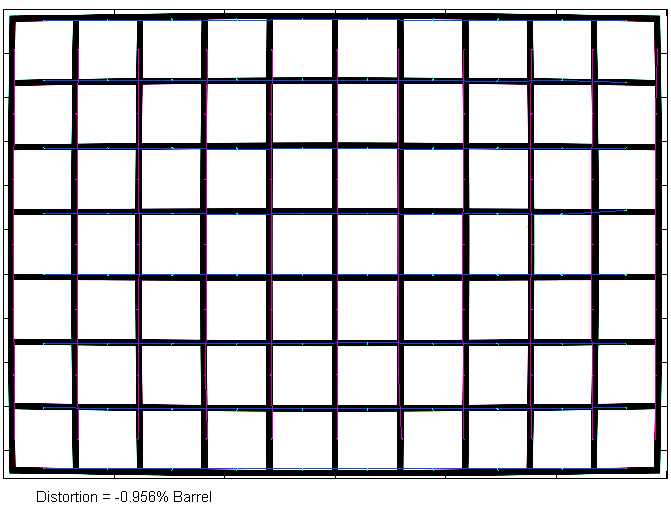
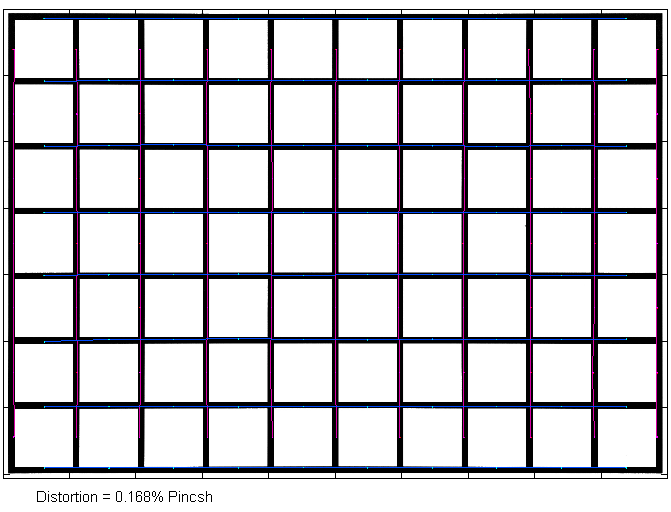
Vignetting
The raw vignetting is typical for a fast medium tele prime lens. At f/1.8, the light falloff reaches ~1.5 EV (f-stops). Stopping down to f/2.8 cuts down to 0.5 EV, which is already pretty good. And there’s a little further reduction when stopping down to f/4 and f/5.6.
Profile auto-correction produces a negligible vignetting from f/1.8 already.
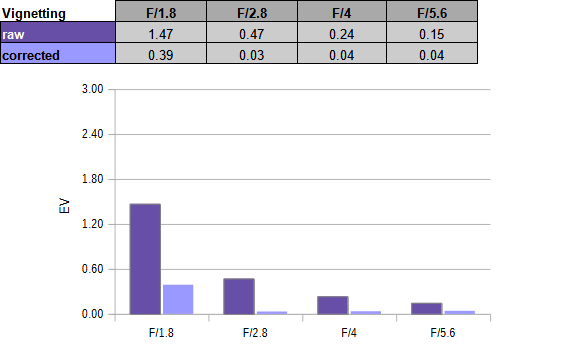
MTF (resolution) at 42 megapixels
The Meike lens produced decent resolution figures in the lab. At f/1.8, the broader center is very good, although the contrast level suffers somewhat here. The borders are good, whereas the corners are a bit soft. This changes at f/2.8 where the center gains some “bite”, and the outer image field is generally good. The peak performance is reached between f/4 and f/5.6. The center is excellent at these settings, and the border quality improves somewhat as well. Diffraction is a limiting factor beyond, as usual.
The centering quality of the tested sample was Ok. The field curvature is flat.
Please note that the MTF results are not directly comparable across the different systems!
Below is a simplified summary of the formal findings. The chart shows line widths per picture height (LW/PH) which can be taken as a measure of sharpness. If you are keen to know more about the MTF50 figures, you may check out the corresponding Imatest Explanations.
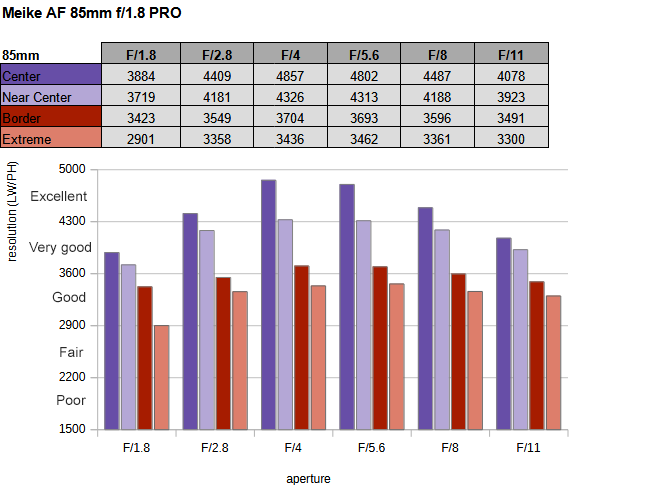
Chromatic Aberrations (CAs)
Lateral CAs are slightly higher than with other lenses in this class. The border CAs hover around an average width of 1.2px. This can be visible in high-contrast scenes.

Bokeh
A fast medium tele lens isn’t just about sharpness, but also about the out-of-focus rendering, aka the bokeh – so let’s take a look.
Out-of-focus highlights are nicely rendered near the image center. The inner zone of the discs is smooth despite the aspherical element in the design. There is an outlining at the edges, which is more visible in highlights beyond the center. The circular shape remains intact up to f/2.8. A slight edginess creeps in at f/4.
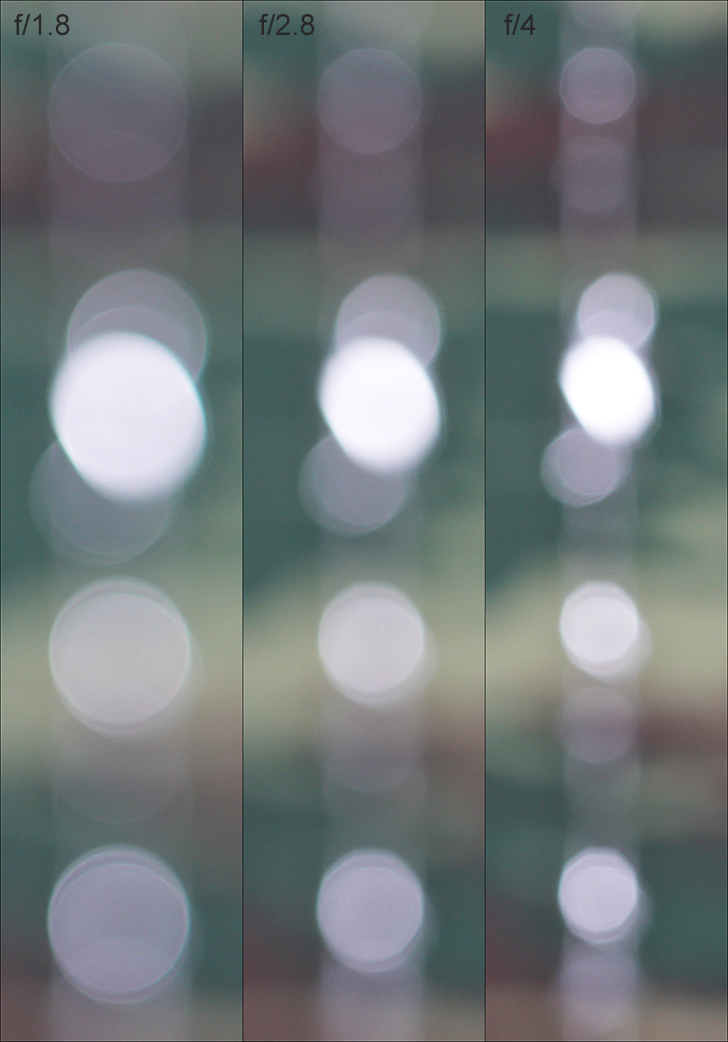
When looking at the highlight rendering across the image field, we can observe only a minor deterioration of the discs towards the edges of the image field. This is quite unusual. Most lenses tend to produce “cat eyes” at maximum aperture. Stopping down to f/2.8 fully restores the circular shape.
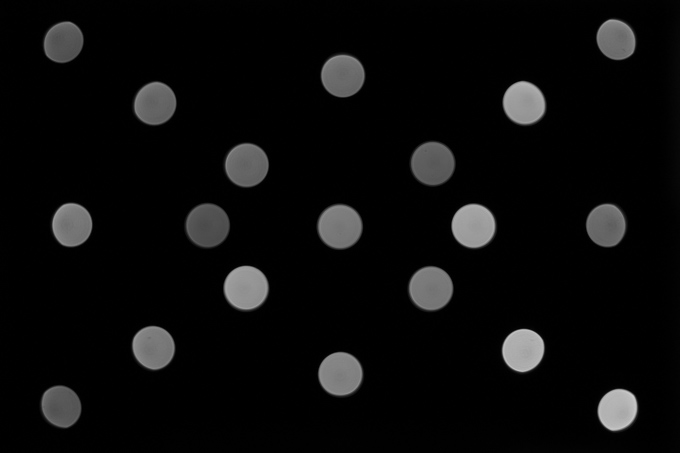
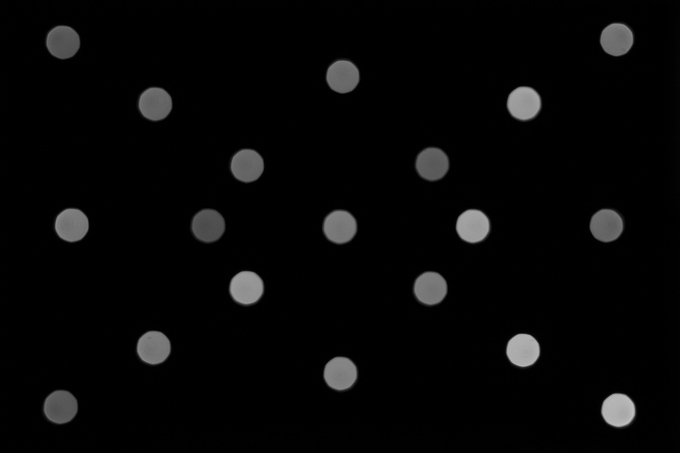
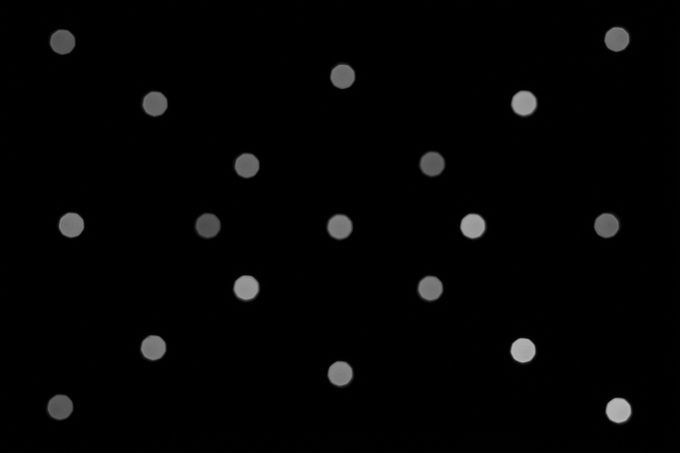
The blur in the focus transition zone reveals an issue – the important background blur – shown the left below is quite rough with a bit of smearing. The foreground blur is smooth, though, but that’s usually of lesser concern.
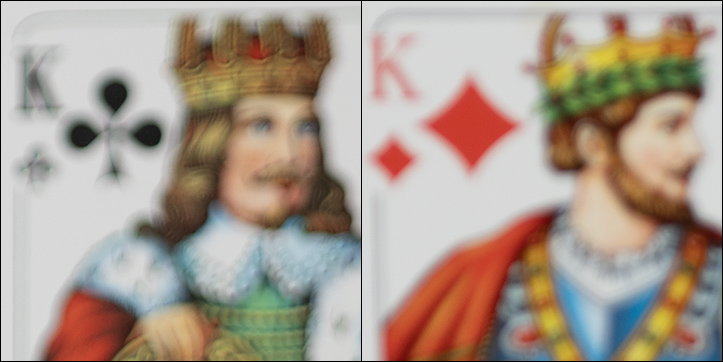
To illustrate the background blur in a real-world scene (cropped, the sample image is also available below in full size):
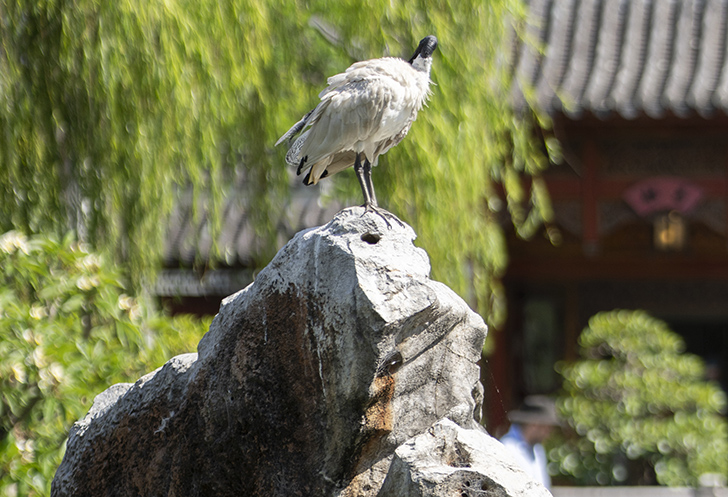
Bokeh Fringing / LoCA
LoCAs, or bokeh fringing, is a color fringing effect on the Z-axis. It shows up with a purplish tint in front of the focus point and a greenish tint behind – and it’s nearly impossible to fully correct in post.
As you can see below, the Meike lens shows some color fringing at f/1.8. Stopping down to f/2.8 reduces this substantially, and the issue is mostly gone from f/4.
There is no detectable focus shift (RSA – “Residual spherical aberrations”) when stopping down – so that’s good. We’ve seen this issue a couple of times in the past with other lenses.
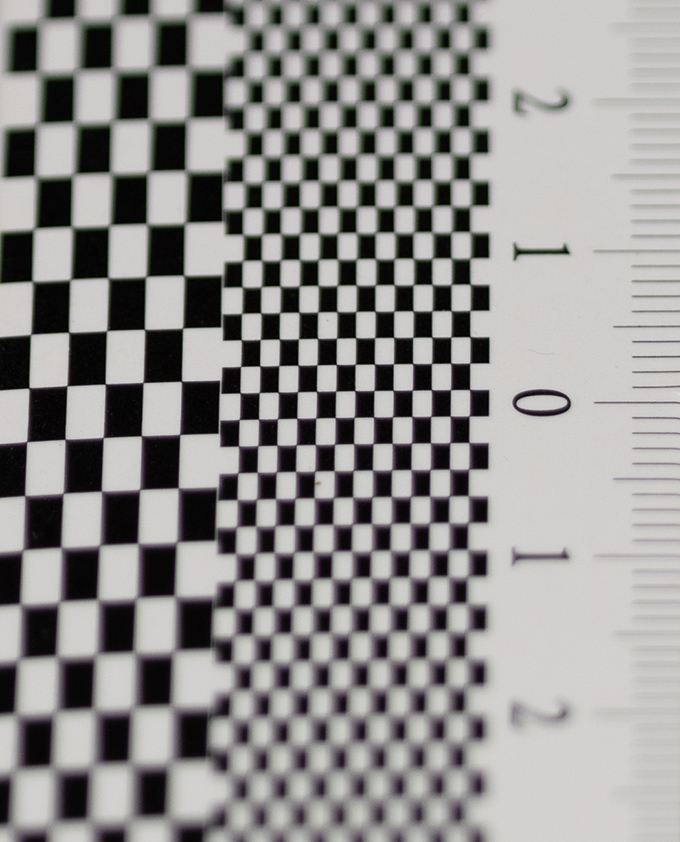
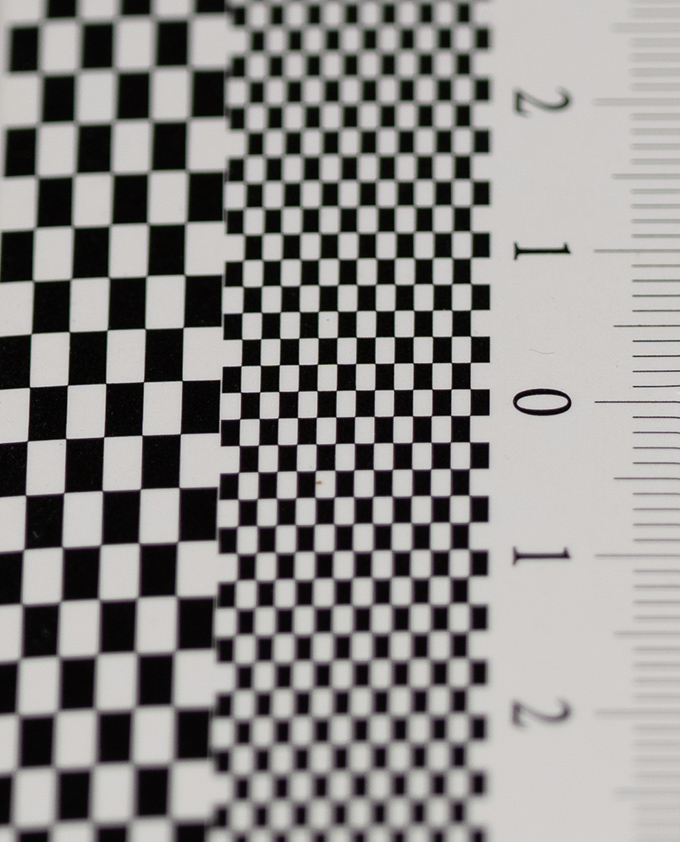
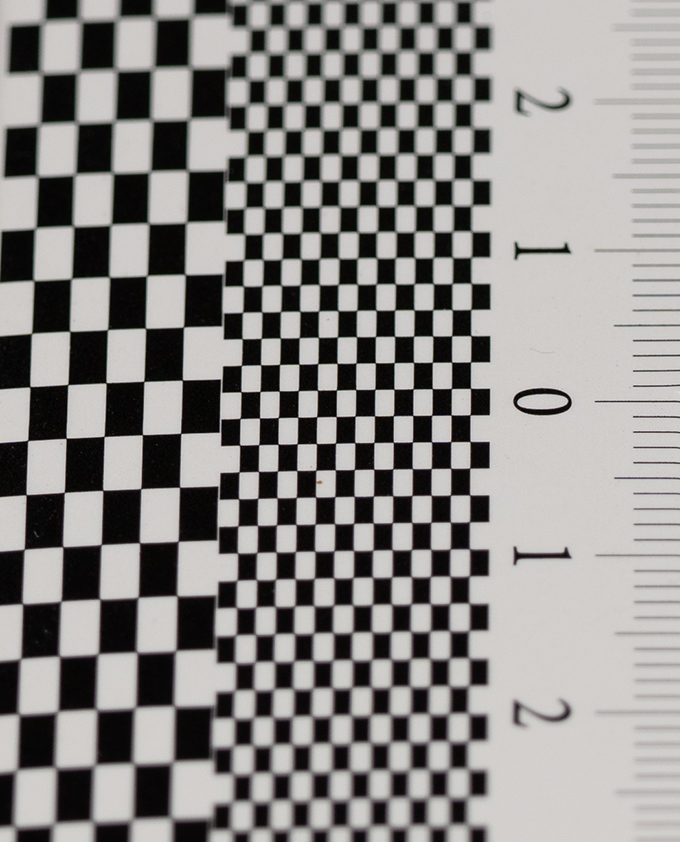
Competition
There are a myriad of 85mm f/1.8 lenses available in Sony E-mount, so the competition is tough. The Sony FE 85mm f/1.8 is superb, but it also comes at more than double the cost. A more serious threat is the new Viltrox AF 85mm f/2 EVO. It is a bit slower but substantially sharper at f/2, the build quality is also better, and the bokeh is smoother. A better-known brand is Samyang, which just entered the game with the AF 85mm f/1.8 P FE – yet to be tested – but probably no slouch, either. Others include the AstrHori AF 85mm f/1.8 II, the 7Artisans AF 85mm f/1.8, and the TTArtisan AF 75mm f/2 … and we likely forgot some.
Sample Images
The Meike AF 85mm f/1.8 Pro is fairly decent, but not without caveats. The sharpness is OK at f/1.8, although users with high-resolution cameras will wish for more here. Stopped down to medium aperture settings, the results are much better. Vignetting and image distortions are well controlled, and it is commendable that, unlike others, Meike walked the extra mile and implemented an auto-correction profile for these aspects. Lateral CAs are a bit more pronounced but still within acceptable limits. The background bokeh can struggle in difficult scenes, unfortunately.
The lens is tightly assembled with generally good quality of the used materials. However, we didn't like the (clicked) aperture ring, which just slips too easily. The AF is more smooth than fast. Meike argues that the lens is primarily meant for video, and the AF is aligned to this.
If you are on a budget, the Meike AF 85mm f/1.8 Pro is a viable option, but also check out the competition.
The Good
- Smooth AF
- Very affordable
- Sharp when stopped down
The Bad
- Could be sharper at f/1.8
- A-mode on the aperture ring can slip easily
- The bokeh can be rough in difficult scenes
-
Optical Quality
-
Build Quality
-
Price / Performance


